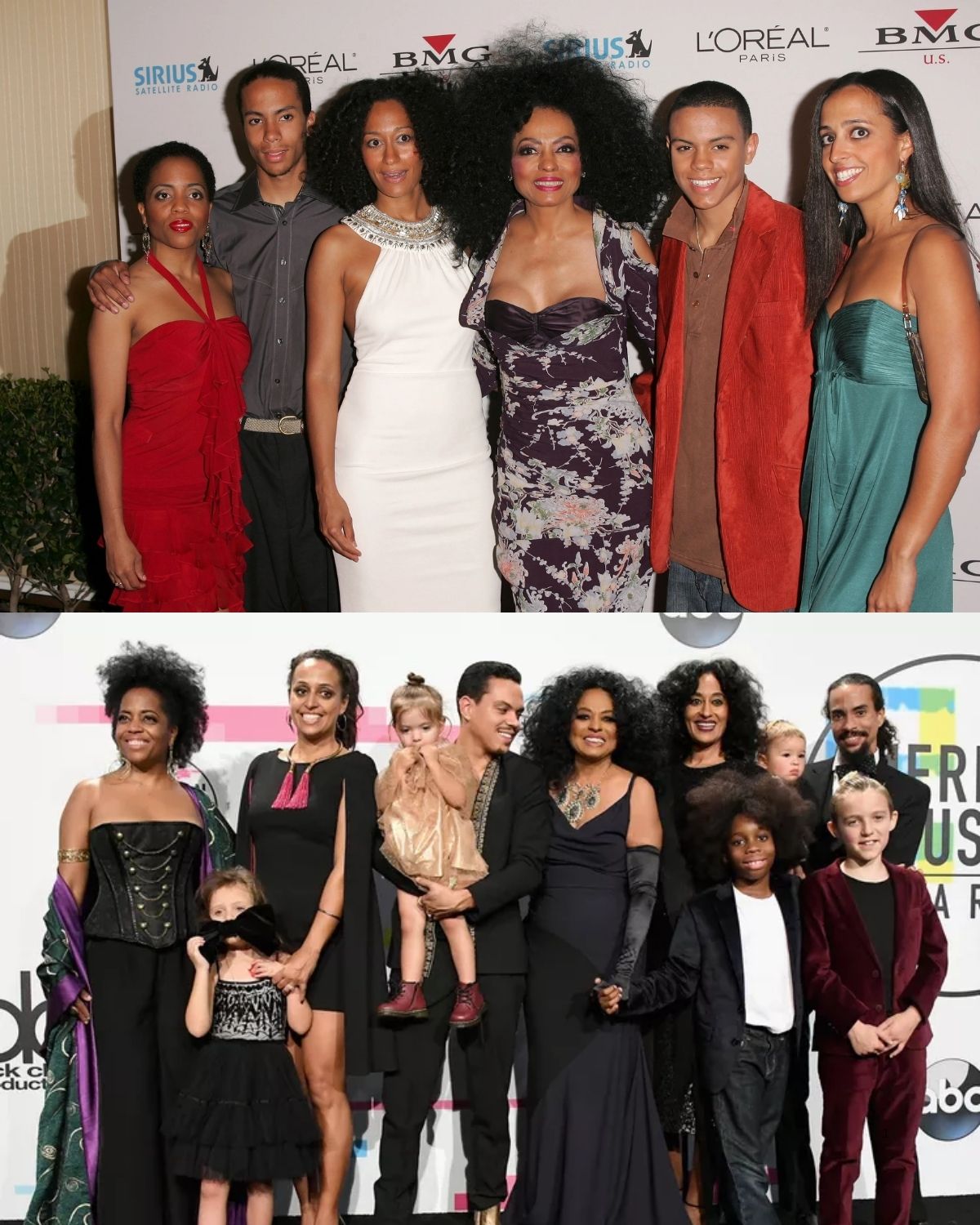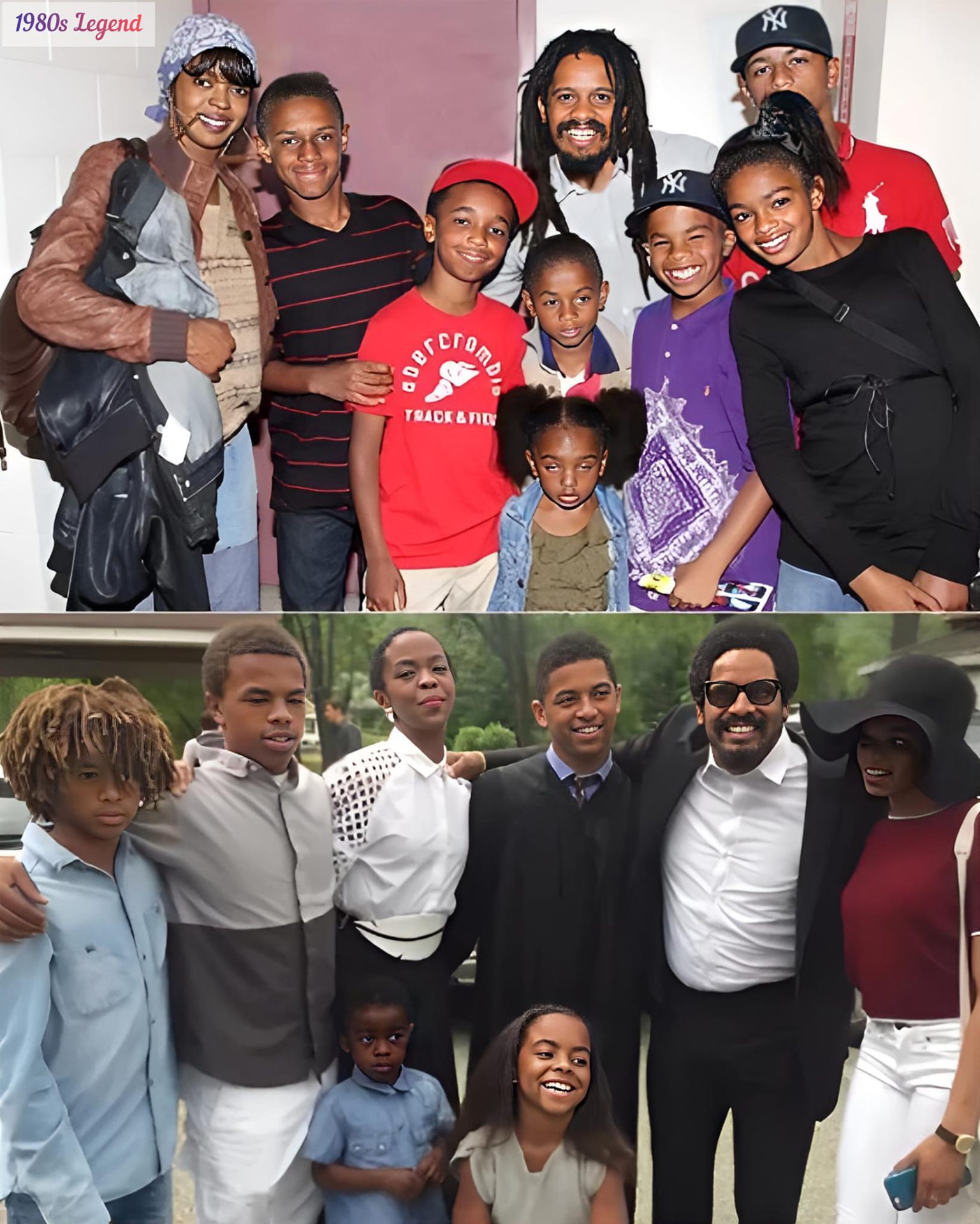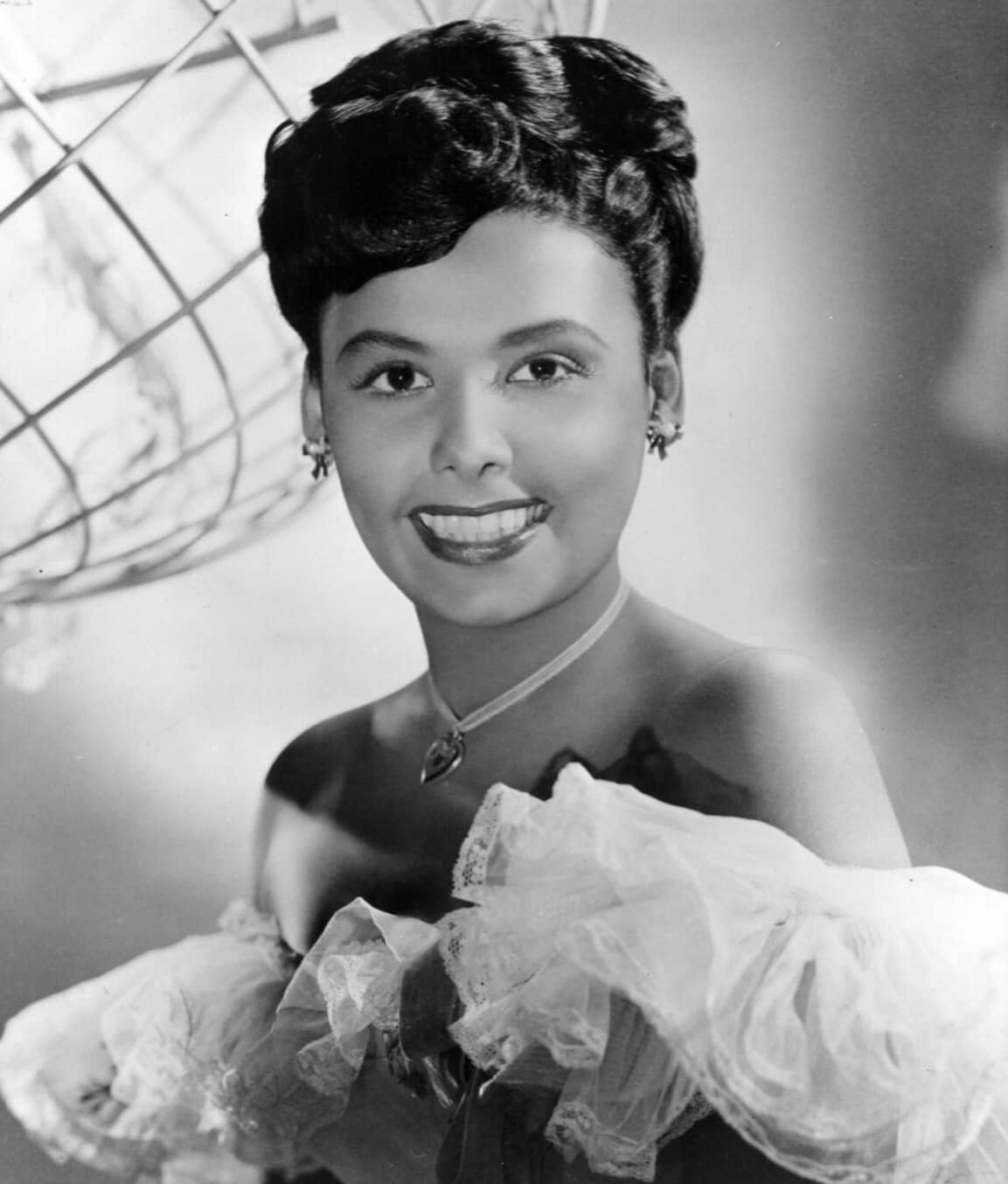
It was during a health careers summer program at the University of Michigan that Alexa Irene Canady, 𝐛𝐨𝐫𝐧 in 1950, decided to pursue medicine. Her undergraduate degree was in zoology, but she was convinced that continuing her studies at the university’s medical school was what she wanted.
It was the “summer after my junior year,” Canady was quoted as saying. “I worked in Dr. Bloom’s lab in genetics and attended a genetic counseling clinic. I fell in love with medicine.”
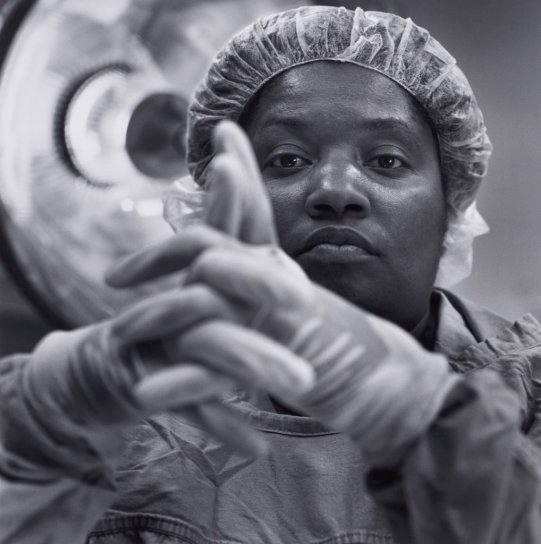
And she never regretted her decision.
Her initial interest was internal medicine. After being introduced to neurosurgery, she changed her path. But not everyone supported her decision.
Some of Canady’s advisors attempted to discourage her from following through on her plans. She experienced difficulties in obtaining an internship. But those roadblocks didn’t impede her dream. After graduating cum laude from medical school (1975), she joined Yale-New Haven Hospital in Bridgeport, Conn., as a surgical intern.
When her internship ended, she moved on to the University of Minnesota. There she served as a resident of the university’s department of neurosurgery, making her the first Black female neurosurgery resident in the United States. When her residency ended, she became the first Black female neurosurgeon.
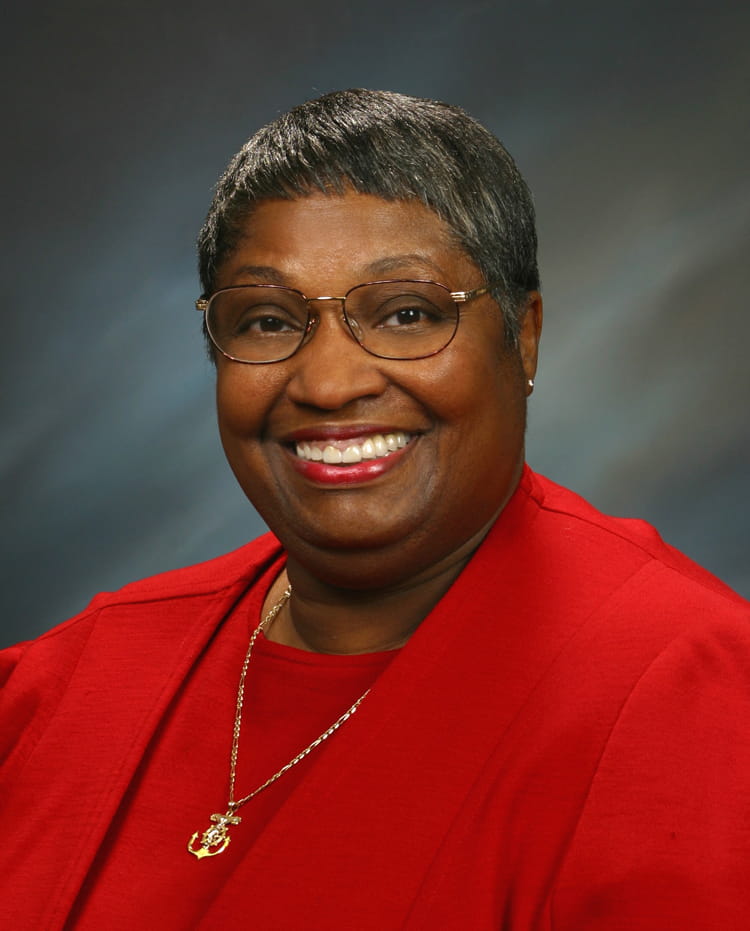
“The greatest challenge I faced in becoming a neurosurgeon was believing it was possible,” Canady is famously quoted.
But the road to success was not without challenges.
Canady admits that she came close to dropping out of college because “I had a crisis of confidence.” But knowing there was a chance to win a minority scholarship in medicine, “it was an instant connection.” Despite her qualifications and high GPA, she could not escape prejudices and micro-aggressive comments.
On her first day at Yale-New Haven, Canady recalls tending to a patient when a hospital administrator passed by and commented: “Oh, you must be our new equal-opportunity package.”
The tables turned when a few years later at Children’s Hospital of Philadelphia, her fellow physicians voted her one of the top residents.
During her 22-year career as a neurosurgeon, Canady worked with young patients facing life-threatening illnesses, gunshot wounds, head trauma, hydrocephaly, and other brain injuries or diseases. Most were aged 10 or younger.
Canady shares that her biggest career obstacle was convincing the neurosurgery chairman that she was “not a risk to drop out or be fired, a disaster in a program where there are only one or two residents per year,” Canady said. “I was the first African-American woman [in the department]. Along with that, my other greatest obstacle was convincing myself that someone would give me a chance to work as a neurosurgeon.”
She admits that she was worried that “because I [am] a Black woman, any practice opportunities would be limited. By being patient-centered, the practice’s growth was exponential.”
Read more about Canady’s journey to overcoming racial prejudice, patriarchy, and 𝓈ℯ𝓍ism in “Dr. Alexa Irene Canady: The Incredible Story of the First Black Woman to Become a Neurosurgeon” by Isabel Carson.
